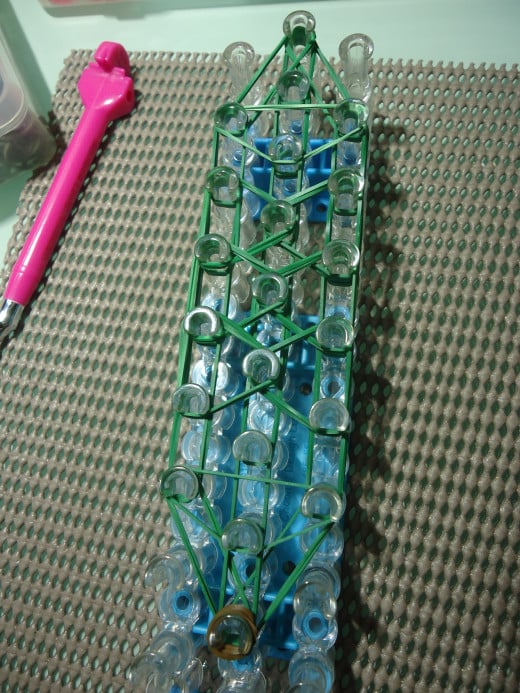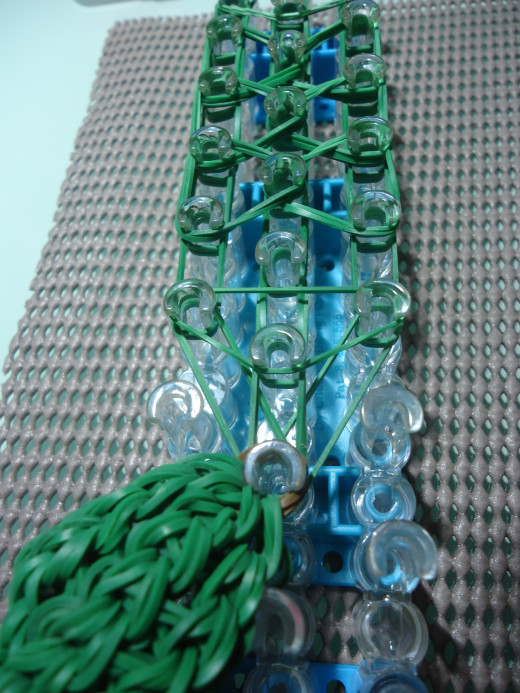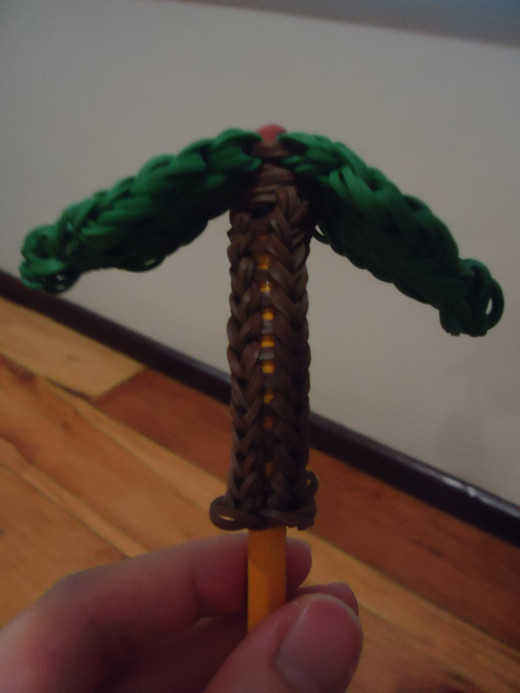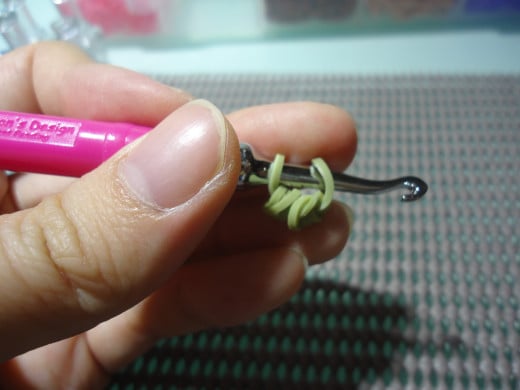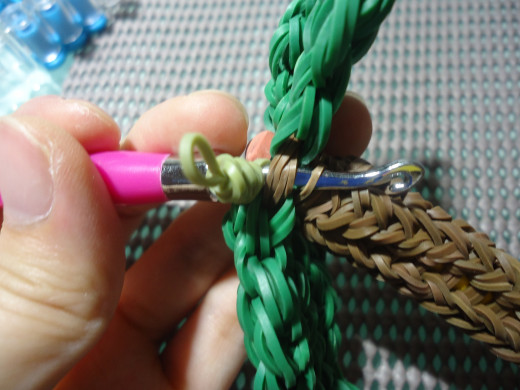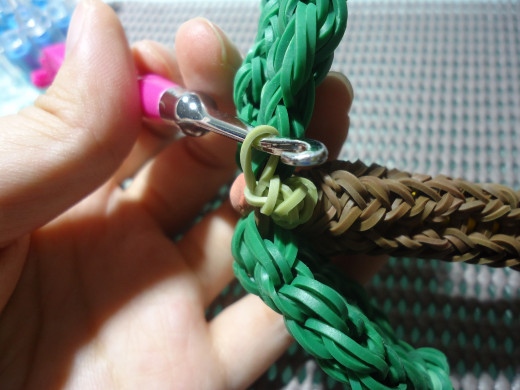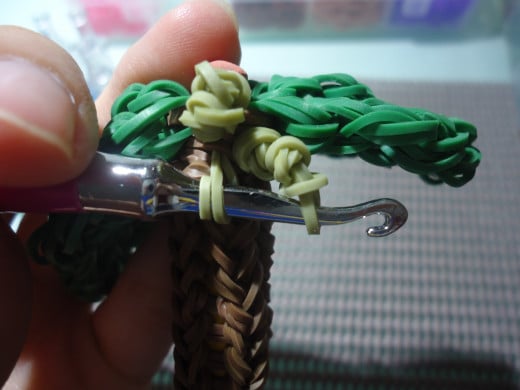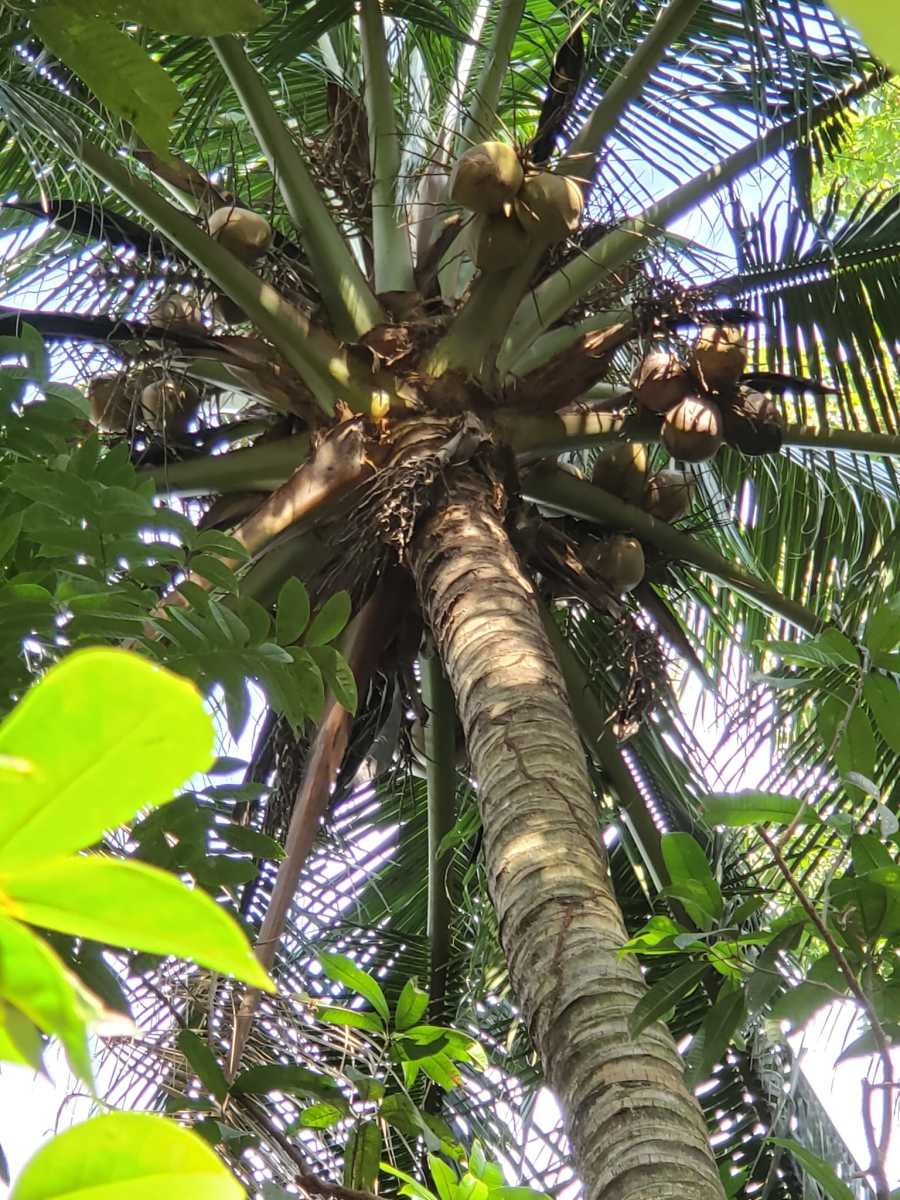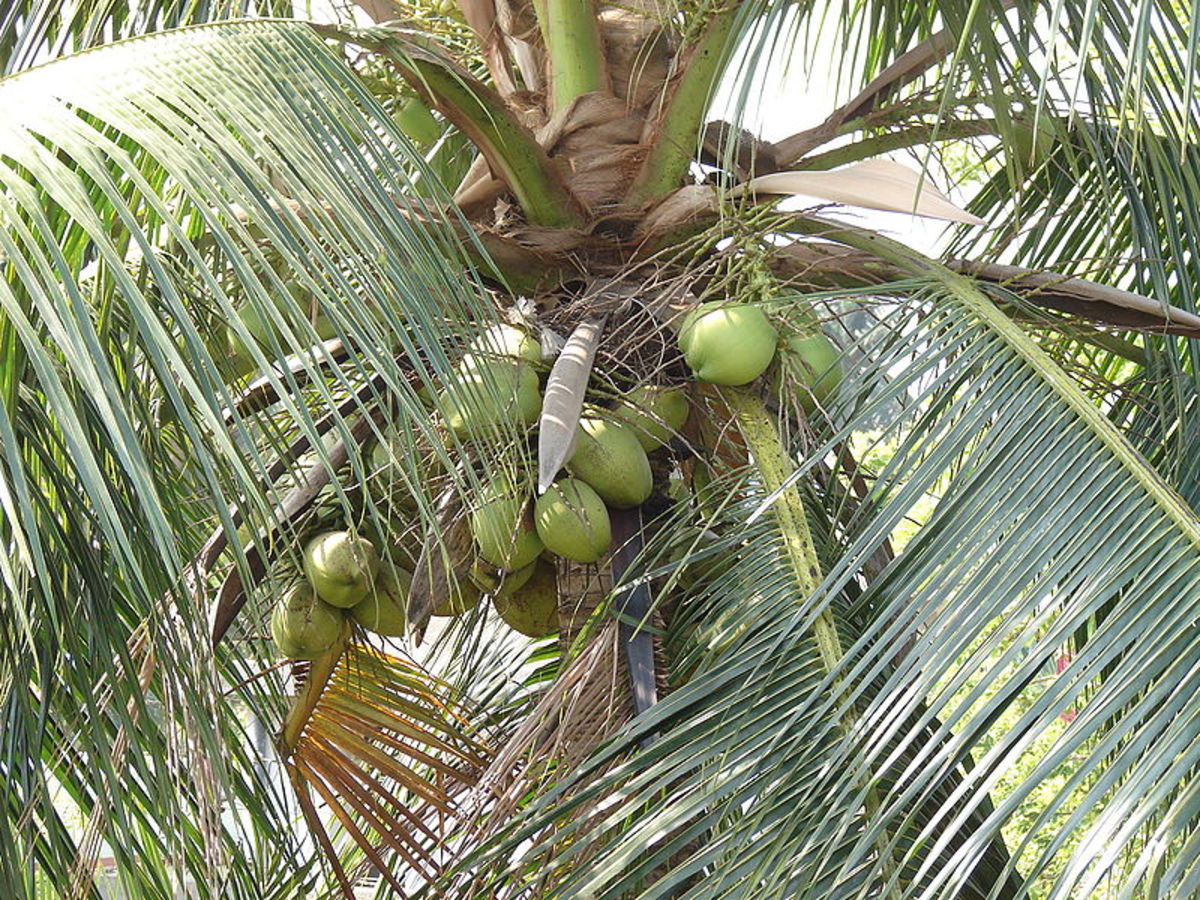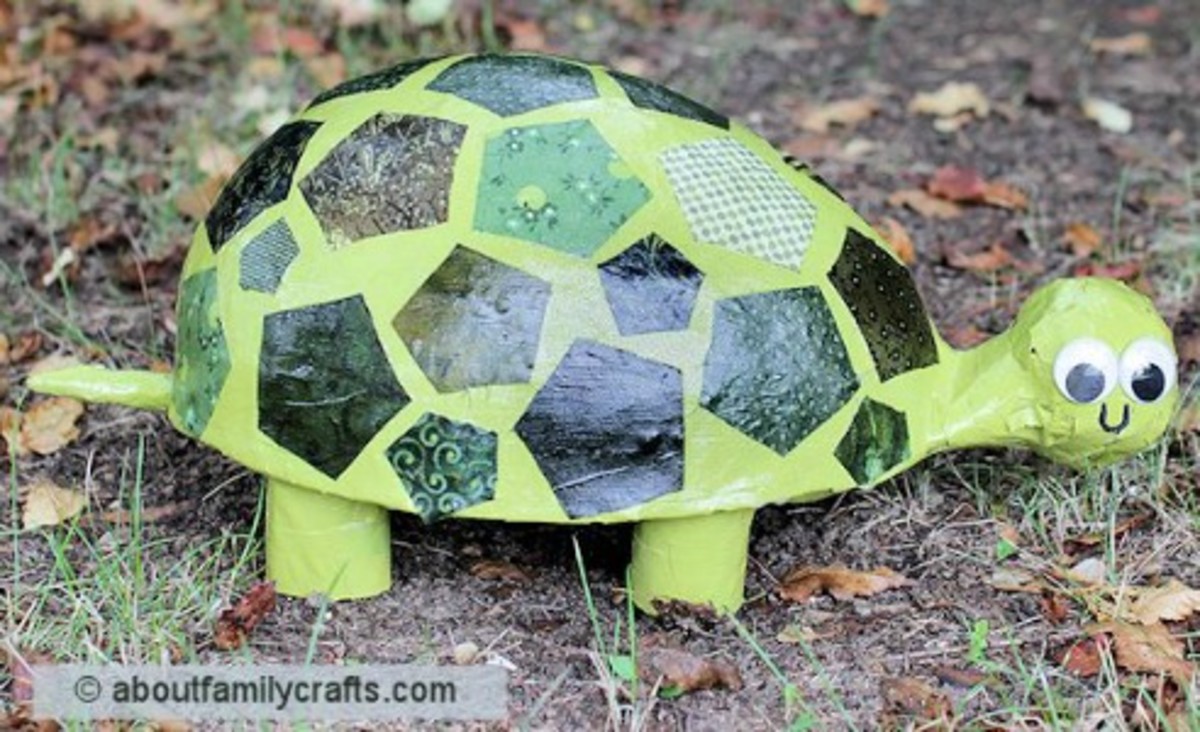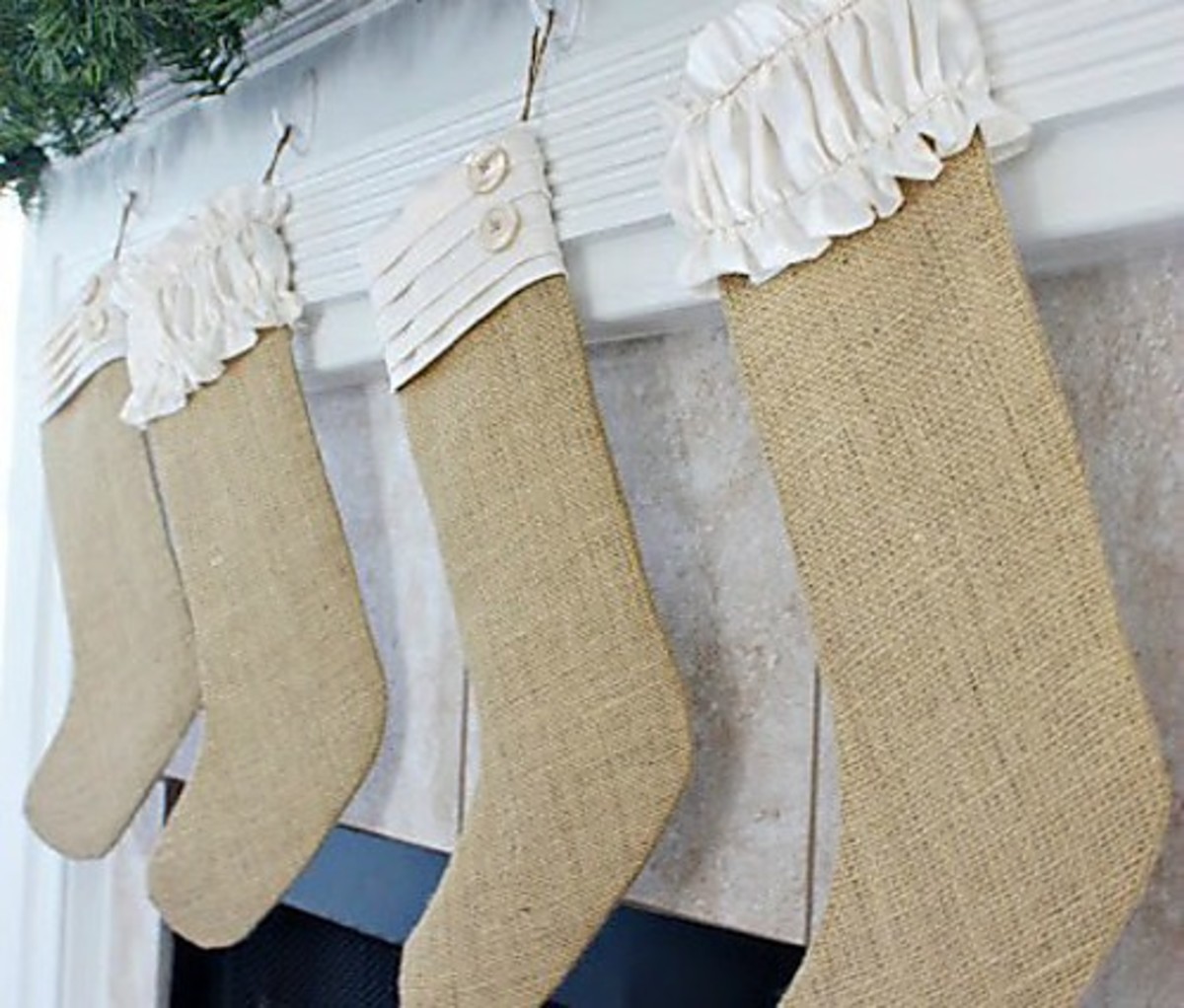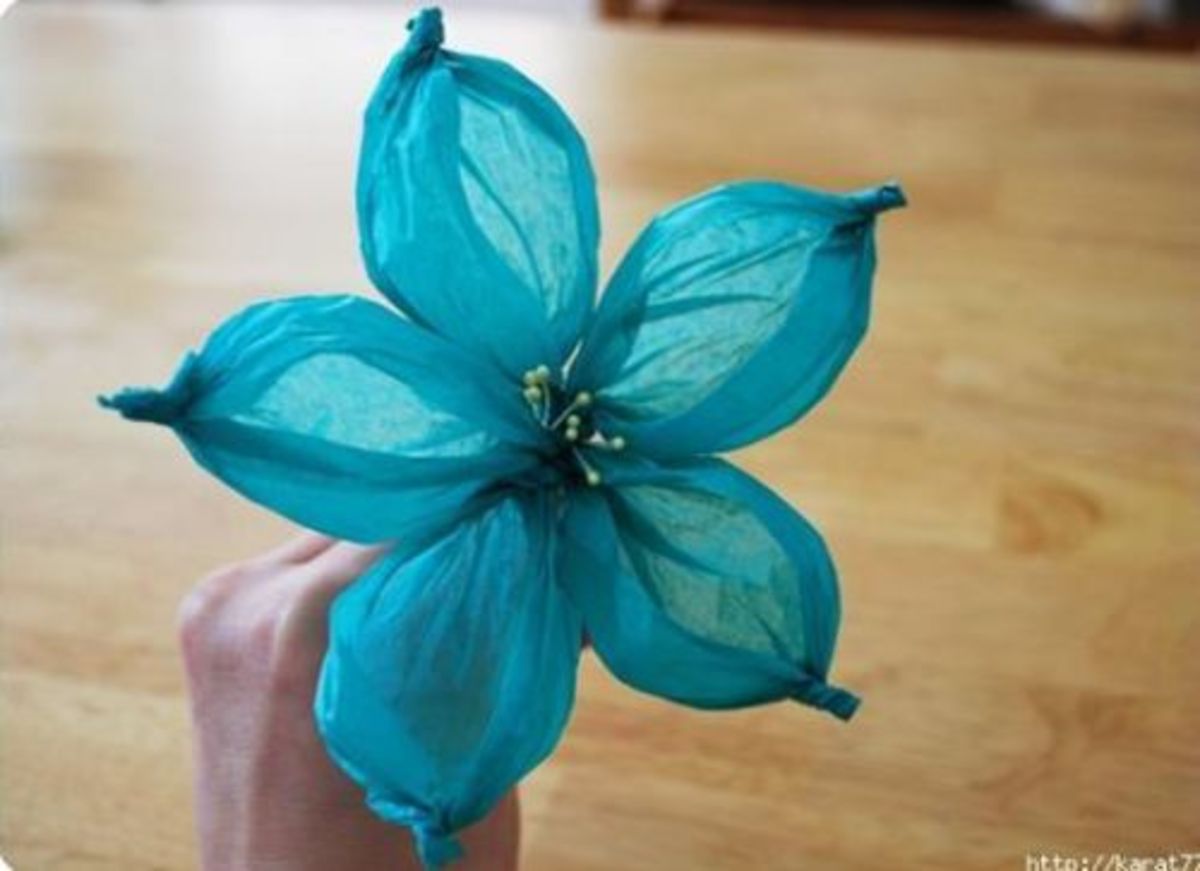How to Make a Coconut Tree Pencil Grip Using the Rainbow Loom
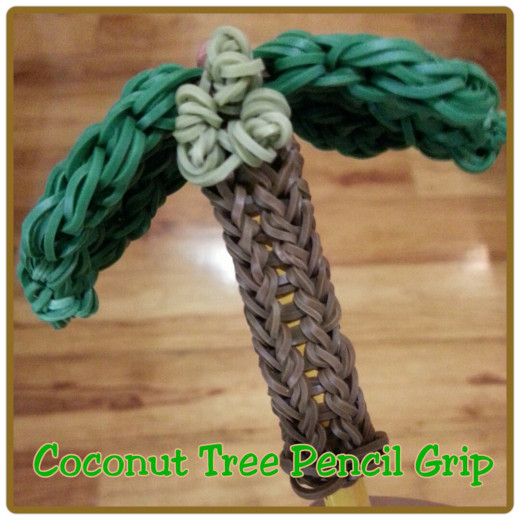
I actually entered this design in a Facebook contest for pencil grips a while back, and saw a request to make a tutorial for it. I got inspired from a photo I saw on Pinterest for a Flower Tree Pencil Grip with flowers as the top and a brown pencil grip to represent the tree trunk. To make my own original design, I decided to make a Coconut Tree Pencil Grip, since coconut trees are abundant here in the Philippines and I had one right outside my window while I was making the tree.
This hub is a tutorial on how to make a Coconut Tree Pencil Grip. It is an original design using several ideas from YouTube and combining it together to make this pencil grip. You can also change the fruit if you want to make a different tree, since there are fruits available now from Made by Mommy that are off the loom and small enough to serve as your tree's fruits.
Materials
- Rainbow Loom (or any other loom);
- Hook (the one that comes with your loom or a crochet hook);
- Rubber Band Colors: Brown, 2 Shades of Green (one dark, one light);
- Total Rubber Bands Needed: 60+ (trunk) + 134 (2 leaves with 66 bands per leaf) + # of coconuts = 194++; and
- Pencil or Pen to Hold Your Design.
How to Make a Coconut Tree Pencil Grip
Step 1: Make the Trunk
Make a Pencil Grip in Brown to represent the trunk of the tree. You can choose any pattern you want so long as you use the color Brown. I used the Brown from the Pink Camouflage pack from Rainbow Loom for this tutorial. I used the Rainbow Loom Pencil Grip from TheParentingChannel for my trunk, with the link down below:
You can choose to make the trunk as short or as long as you want, depending on the number of bands you have available on hand. I stopped at 15 rows since I just wanted to decorate my pen and not actually feel the bands while writing. Make sure to place the last row of the grip near the end (eraser part on a pencil) so the first row can serve as the base of the tree.
Here is what your tree should look like so far:
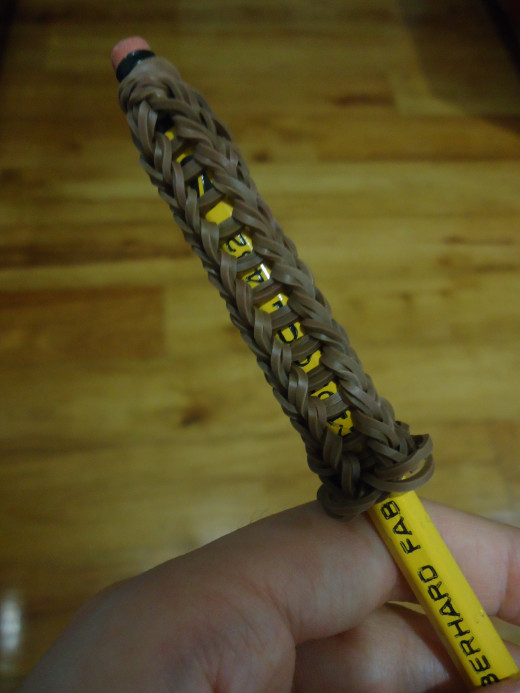
Step 2: Make the Leaves
Make 2 Leaves in dark green. There are a lot more leaf patterns available on YouTube now than when I first made this project, so you have the option of using your favorite leaf pattern. But for this tutorial, I used Lovely Lovebird Designs' Rainbow Loom Big Leaf Charm. She actually used the leaves for her mobile, but for our purposes, we will just be adding a regular cap band at the end of the leaf. This cap band is going to be inserted into the pencil once we have finished all the leaves. Here is a link to her tutorial:
After making one leaf, use the same cap band you used on your second leaf to make sure that they are connected. You have the option to make as many leaves as you want on that same cap band. Originally, I made 3 leaves for this tree, but I found it too heavy to be of practical use, so I reduced it to 2. Here are some photos for this step:



Step 3: Add Coconuts
Since coconut trees can either have few or many coconuts at a time, you have the option to add as few or as many coconuts as you want. Just keep in mind that the coconuts should be near the leaves, so the space is limited. Here are the instructions for making them:
- Twist 2 bands on the hook 4 times (you now have 2 coconuts on your hook) and pull a band through the fruits. Let go of the other end before going to the next step.
- Insert your hook through any part of the trunk and the leaves' cap band and pull the band through the trunk to form a slip knot.
- Repeat the steps to make more coconuts. You can hide the loose ends when adding more coconuts by inserting your hook through a part of the trunk and the loose ends before forming a new slip knot.
Here are some photos for this process:




How to Make a Variation of the Coconut Tree
To make other fruit trees, just replace the coconuts with other fruits you want to use. I originally wanted to make a banana tree (since bananas also grow on trees), but there were no tutorials available then on how to make tiny bananas for the pencil grip tree. Now, Made by Mommy has come up with loomless fruits that you can also use for your Fruit Tree Pencil Grips. Here is a link to the loomless banana:
Use your imagination and create your own Fruit Salad Tree Pencil Grip by using different fruits and tying them via slip knots to the trunk. Have fun creating your own Coconut Tree Pencil Grip.

